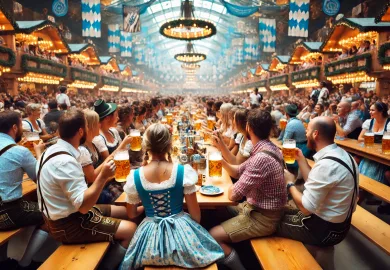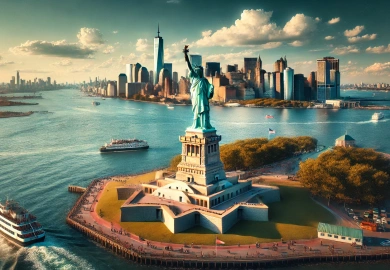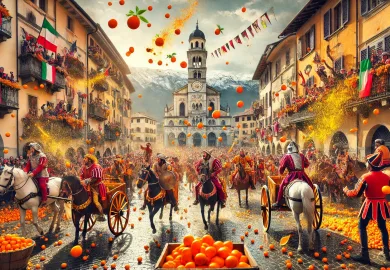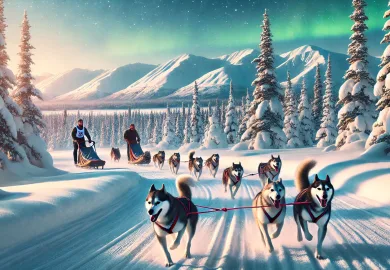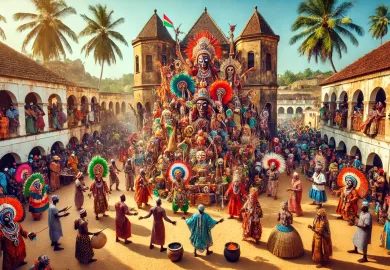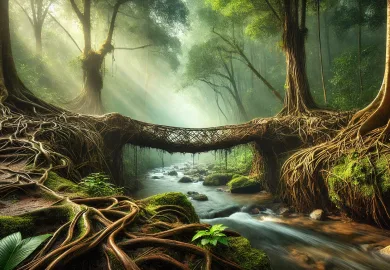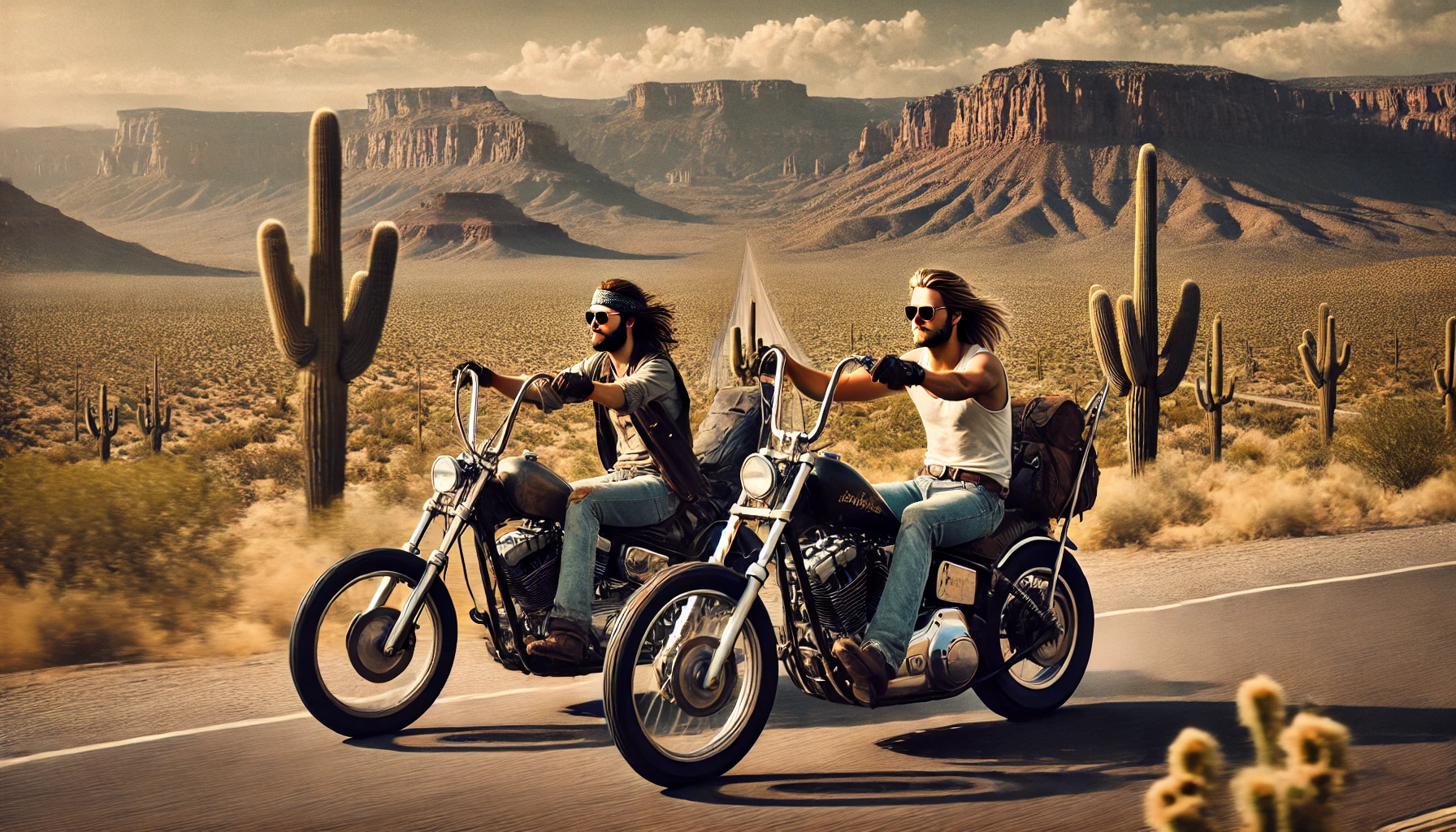
Embarking on a Harley Davidson and cruising along the historic Route 66 is a bucket-list adventure for any motorcycle enthusiast. Known as the “Main Street of America,” Route 66 is more than just a road; it’s a pathway to experience the nostalgia of old America, from iconic roadside attractions to sweeping desert vistas. With the wind in your hair, the roar of the engine beneath you, and endless miles of open road ahead, the journey promises unforgettable memories and unparalleled freedom.
Why Choose Route 66 for Your Harley Davidson Adventure?
Stretching from Chicago to Santa Monica, Route 66 offers over 2,400 miles of diverse landscapes, small towns, and historic landmarks. It’s not just the route itself but the entire experience that makes it legendary, especially when traversed on a Harley Davidson. This iconic motorcycle brand embodies the essence of freedom, power, and adventure, making it the perfect companion for the mother road.
For motorcycle enthusiasts, Route 66 provides an ideal combination of winding roads, open highways, and scenic vistas. Riding a Harley Davidson along this route offers a sense of freedom and connection to the spirit of the road. You’ll pass through vintage gas stations, roadside diners, quirky motels, and retro neon signs, all while feeling the exhilarating rush of the American open road.
The Best Route 66 Stops for Harley Riders
One of the best parts of riding Route 66 on a Harley Davidson is the numerous must-see stops along the way. Each destination offers a unique slice of Americana, from vintage diners to natural wonders.
- Chicago, Illinois: The official starting point of Route 66, Chicago boasts a bustling cityscape with deep-rooted history. Before hitting the road, visit the Route 66 Start Sign and grab a classic meal at Lou Mitchell’s, a diner famous for serving travelers since 1923.
- Catoosa, Oklahoma: Home to the famous Blue Whale, this giant sculpture is an iconic stop for Route 66 adventurers. Originally a children’s attraction, the Blue Whale has become a popular photo op for travelers.
- Santa Monica Pier, California: The official end of Route 66, the Santa Monica Pier offers breathtaking views of the Pacific Ocean. After thousands of miles, it’s a surreal feeling to park your Harley Davidson here, reflecting on the long journey across the American heartland.
Preparing for the Ultimate Route 66 Road Trip
To fully enjoy your Harley Davidson adventure along Route 66, it’s important to plan and prepare carefully. A successful road trip requires more than just hitting the road with a full tank of gas. You’ll want to ensure your bike is in peak condition, pack essential gear, and map out key destinations along the way.
Essential Harley Davidson Gear for Route 66
Riding long distances on a motorcycle requires the right gear to ensure safety, comfort, and convenience. For your Route 66 adventure, make sure to invest in high-quality riding gear, including a durable helmet, leather jacket, gloves, and protective boots. A touring bike such as the Harley Davidson Road King or Street Glide is ideal for this kind of trip, providing comfort over long distances and ample storage for your gear.
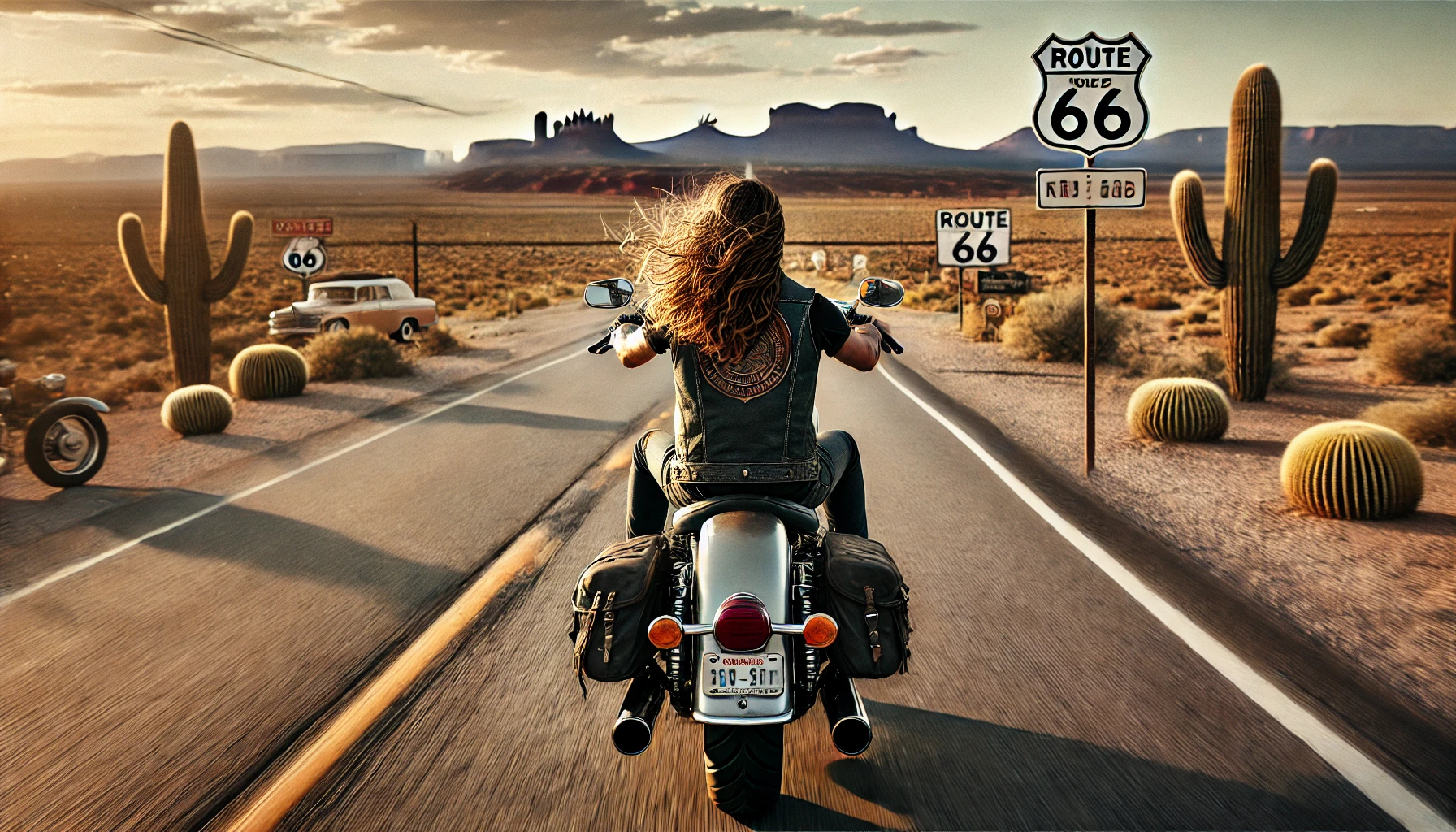
Additionally, you’ll want to pack lightweight clothing for the hot desert days, but also be prepared for cooler evenings, especially as you pass through mountainous regions. Hydration systems, a first aid kit, and tools for any minor bike repairs are also essentials to keep you riding smoothly.
Mapping Out Your Route
While Route 66 is rich in history, not all sections of the original road are still in use today. Modern highways have replaced parts of the route, but many stretches remain preserved. A good GPS system or a dedicated Route 66 travel guide will help you navigate the best routes, ensuring you don’t miss out on any key attractions.
It’s important to plan your daily mileage, accounting for sightseeing and rest stops. Riding a motorcycle for long hours can be physically demanding, so take breaks often and stay hydrated. Some travelers prefer to complete the route over the course of two weeks, allowing for leisurely stops and ample time to explore each destination.
Experiencing the Spirit of Freedom
The allure of Route 66 lies not just in the sights and landmarks, but in the feeling of absolute freedom it offers. On a Harley Davidson, you experience the road in a way that few other modes of travel can provide. The open skies, changing landscapes, and sense of adventure create a bond between rider and road that is hard to replicate.
Meeting Fellow Riders
One of the most rewarding aspects of traveling Route 66 on a Harley is the camaraderie among riders. Along the way, you’ll meet fellow bikers who share the same passion for the open road. From solo adventurers to Harley groups, the sense of community is strong, and you’ll often find yourself swapping stories, sharing tips, and enjoying the journey together.
At various points along Route 66, there are motorcycle-friendly stops that cater specifically to Harley riders. These range from biker bars to roadside motels that offer secure parking for motorcycles. Be sure to check out local biker events along the route, where you can meet like-minded individuals and celebrate the Harley Davidson culture.
Feeling the Power of the Open Road
There’s something profoundly spiritual about the sensation of riding a Harley Davidson along Route 66. The thunderous roar of the engine, the wind rushing past, and the feeling of the open road beneath you all combine to create a sense of invincibility. It’s a powerful experience that connects you with the history of the route and the generations of travelers who have embarked on the same journey before you.
Capturing the Perfect Route 66 Harley Davidson Moments
Route 66 is filled with picture-perfect moments that any traveler will want to capture. The iconic roadside signs, historic motels, and breathtaking desert landscapes make for fantastic photos, especially when paired with your Harley Davidson.
Photography Tips for Bikers
When taking photos of your Harley on Route 66, focus on capturing both the bike and the surrounding environment. Wide-angle shots work well for showcasing the vastness of the desert landscapes and open roads. Vintage gas stations and neon signs also make great backdrops for your bike, providing a nostalgic feel that matches the spirit of Route 66.
Consider photographing your Harley at sunset or sunrise to capture the warm, golden hues that reflect off the chrome and paint of your bike. These moments often offer the most stunning lighting for photography, highlighting the beauty of both your ride and the surroundings.
Creating Lasting Memories
While the photos are important, don’t forget to take time to immerse yourself in the experience. Route 66 is a journey that will stay with you for a lifetime, so soak in every moment. Stop at quirky roadside attractions, chat with locals, and enjoy the feeling of absolute freedom that comes from riding a Harley on one of the most famous roads in the world.
Whether you’re riding solo or with a group, the memories you create along Route 66 will be with you long after the trip ends. The sense of adventure, the connection with fellow riders, and the sights and sounds of the open road will leave a lasting impression that few other experiences can match.
Traveling Route 66 on a Harley Davidson is more than just a road trip; it’s an adventure that embodies the spirit of freedom, exploration, and connection with the past. From the historic landmarks to the iconic stretches of road, this journey offers a taste of America’s heartland in a way that only a motorcycle ride can provide. Whether you’re a seasoned rider or embarking on your first long-distance motorcycle trip, Route 66 promises a unique and unforgettable experience.

